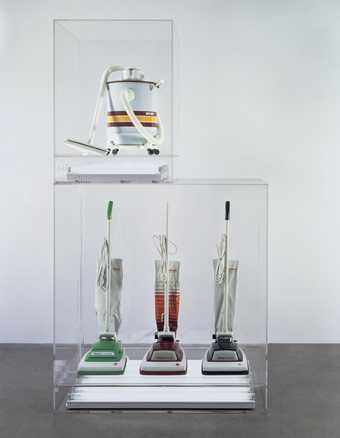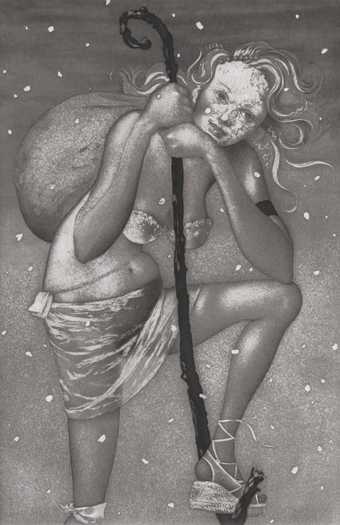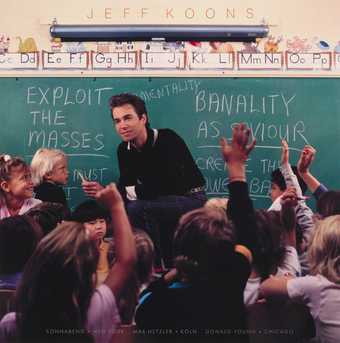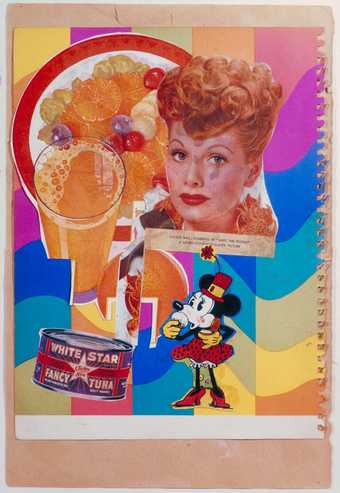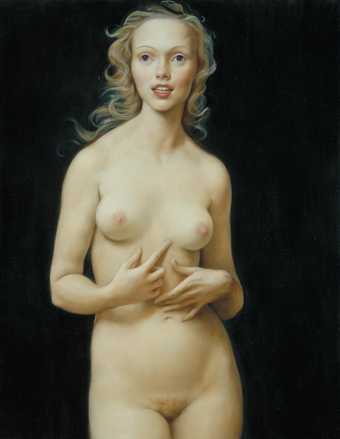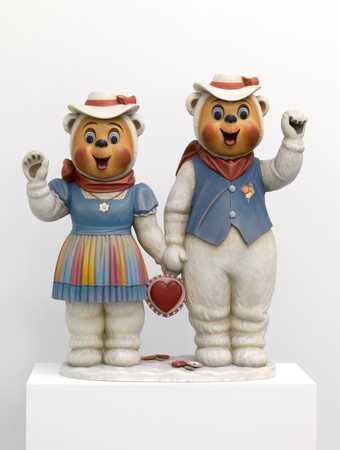
Jeff Koons
Winter Bears (1988)
ARTIST ROOMS Tate and National Galleries of Scotland
The word kitsch came to be applied to this type of popular and commercial culture sometime in the 1920s. In 1939, the American art critic Clement Greenberg defined kitsch in his famous essay Avant-Garde and Kitsch and examined its relationship to the high art tradition as continued in the twentieth century by the avant-garde.
Where there is an avant-garde, generally we also find a rear-guard. True enough – simultaneously with the entrance of the avant-garde, a second new cultural phenomenon appeared in the industrial West: that thing to which the Germans give the wonderful name of Kitsch: popular, commercial art and literature with their chromeotypes, magazine covers, illustrations, ads, slick and pulp fiction, comics, Tin Pan Alley music, tap dancing, Hollywood movies, etc, etc.
Some more up-to-date examples of kitsch might include plastic or porcelain models of the late Diana, Princess of Wales, Japanese manga comics and the Hello Kitty range of merchandise, many computer games, the whole of Las Vegas and Disneyland, and the high-gloss soft porn of Playboy magazine.
Greenberg saw kitsch as the opposite of high art but from about 1950 artists started to take a serious interest in popular culture, resulting in the explosion of pop art in the 1960s.

